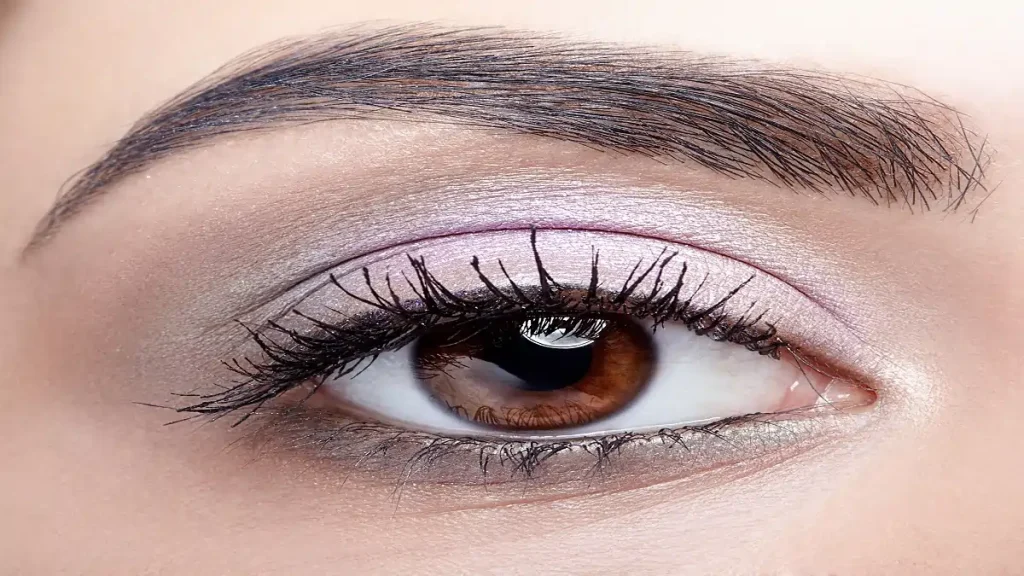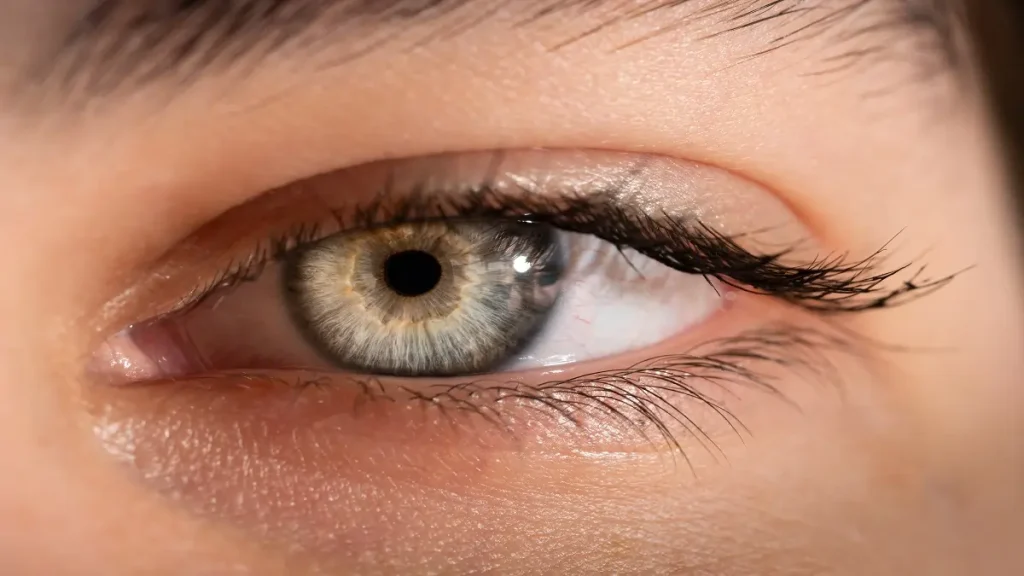Canthopexy versus Canthoplasty
Introduction to Canthopexy & Canthoplasty In this section, we will explore the techniques of canthopexy and canthoplasty, which are commonly used in cosmetic and reconstructive surgery to address issues related to the outer corner of the eyelids. These procedures focus on tightening the eyelid area and can have a significant impact on the overall appearance […]









